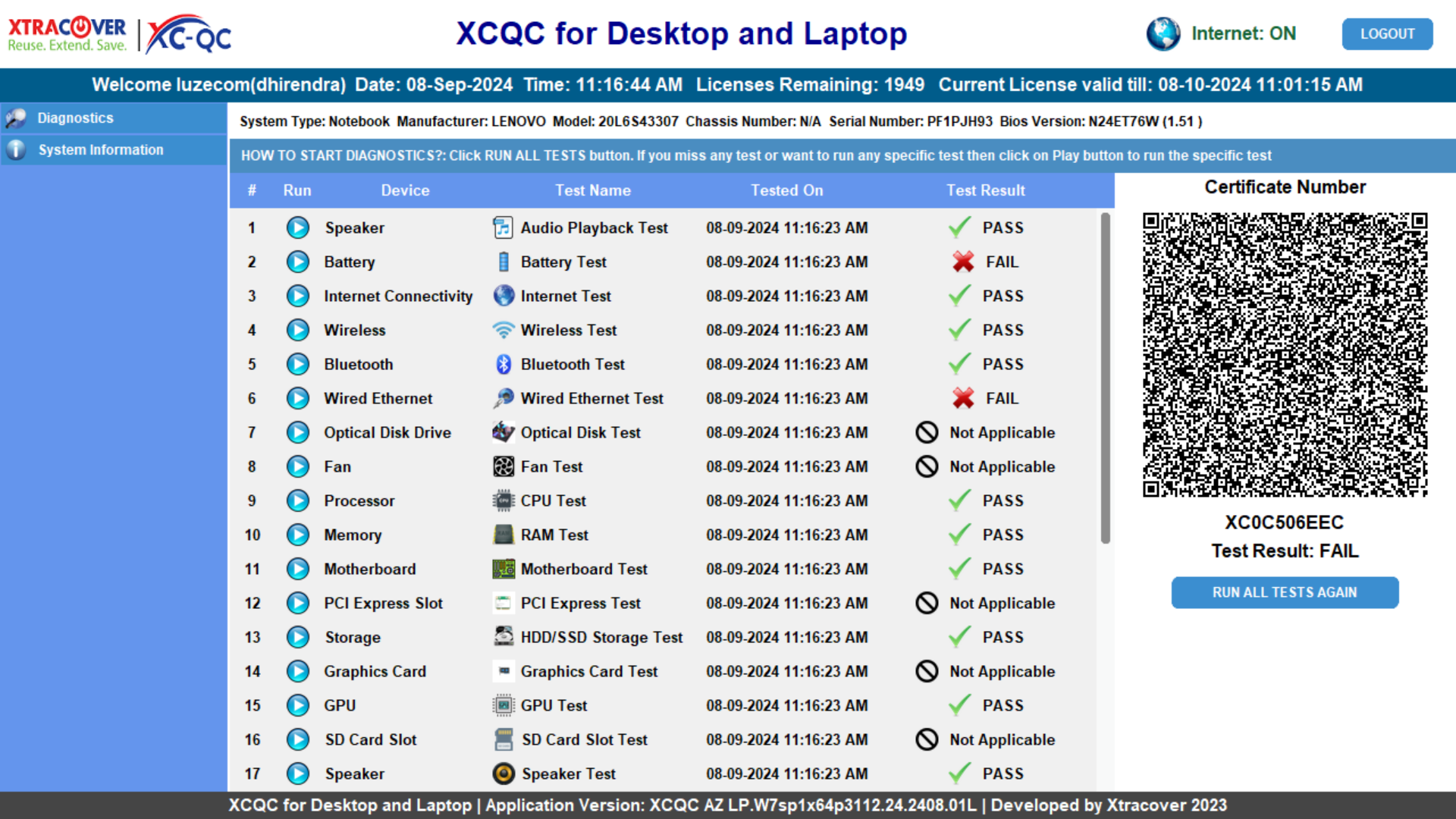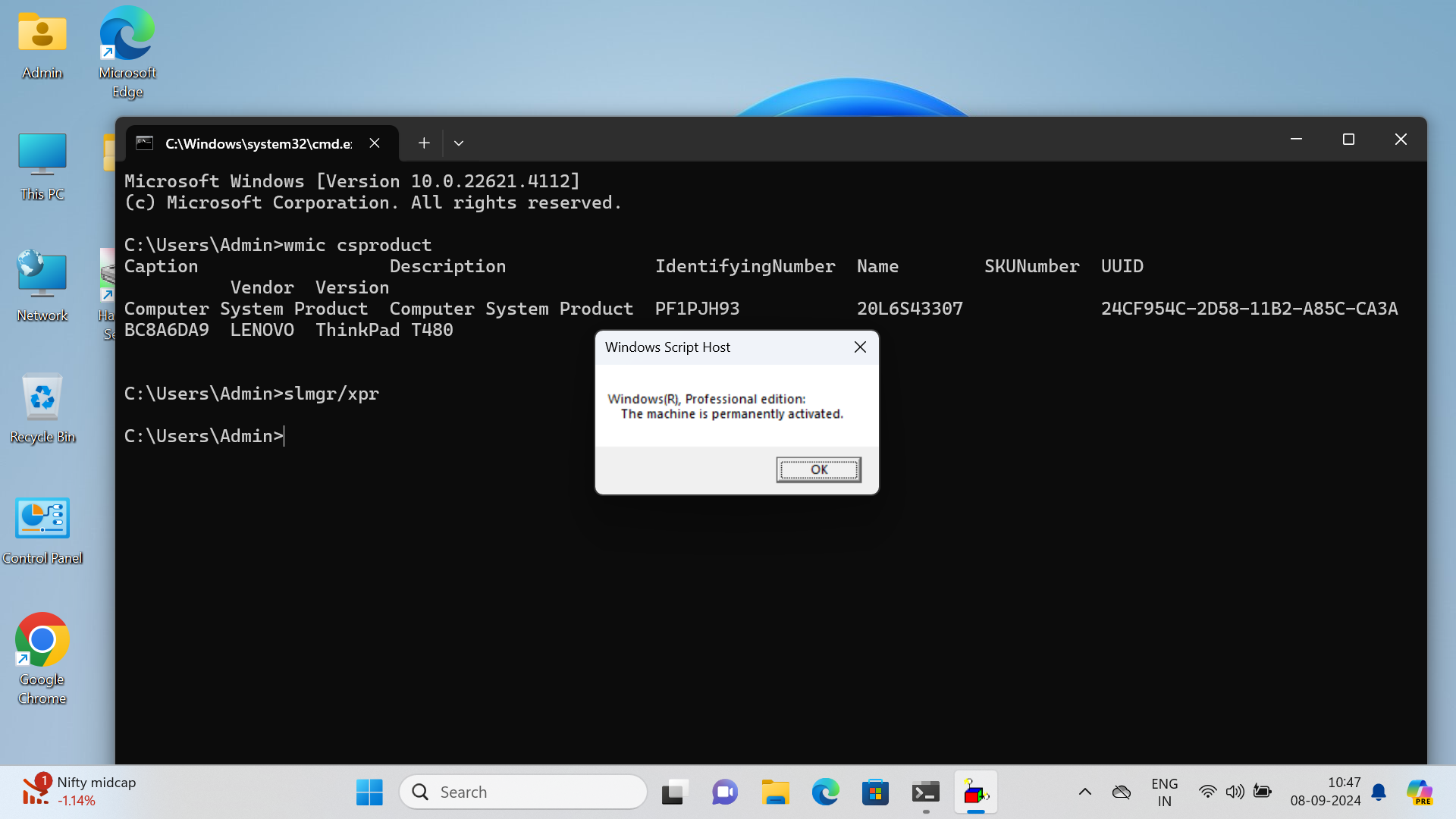
Hello Explorers,
Welcome to Vol. #22 Of Tech Roundtable series. Today we're going to discuss about the smartphone imaging sensors. Specifically, The Great Sensor Battle between Samsung ISOCELL vs. Sony IMX vs. OmniVision vs. LightHunter vs. LYT.
In smartphone photography, a camera sensor is the heartbeat that gives life to every image. Today, we are going to discuss the top contenders in this high-stakes arena: Samsung's ISOCELL, Sony's IMX, OmniVision, Uniview's LightHunter, and Sony's LYT series. Join us as we explore their strengths and innovations, discovering which one stands tall over the others in the quest for photographic perfection.Sensor Show down
1.Samsung ISOCELL: Innovation in Every Pixel
Samsung’s ISOCELL sensors are known for their innovative pixel isolation technology, which reduces crosstalk and enhances color accuracy.
Key Features:
- Pixel Isolation: ISOCELL technology uses physical barriers between pixels to reduce color crosstalk and improve color fidelity.
- Dual Pixel Pro: This technology splits every pixel into two photodiodes for faster and more accurate autofocus.
- Smart ISO: Adjusts the ISO level based on the lighting conditions to balance exposure and reduce noise.
- Tetracell Technology: Combines four pixels into one to enhance light sensitivity in low-light conditions.

Notable Sensors:
- ISOCELL GN2: A 50 MP sensor with large 1.4μm pixels, Dual Pixel Pro, and Smart ISO Pro for excellent low-light performance and dynamic range.
- ISOCELL HP2: A 200 MP sensor with advanced pixel-binning technology for high-resolution images and improved low-light capabilities.
Sony’s IMX series has long been the benchmark for mobile imaging.
Key Features:
- Stacked CMOS Architecture: Separates the pixel and circuit sections to enhance light sensitivity and speed.
- Exmor RS Technology: Improves image quality by reducing noise and increasing dynamic range.
- Dual Photodiode: Enhances autofocus speed and accuracy.
- Quad Bayer Filter: Combines four adjacent pixels to improve low-light performance and dynamic range.

Notable Sensors:
- IMX766: A 50 MP sensor with 1.0μm pixels, excellent dynamic range, and low-light performance.
- IMX989: A 1-inch sensor with 50 MP resolution, offering superior image quality and low-light capabilities.
OmniVision sensors are celebrated for their high resolution and efficient power consumption.
Key Features:
- PureCel® Plus Technology: Enhances light sensitivity and reduces noise.
- HDR: Captures multiple exposures simultaneously to create a balanced image.
- Low Power Consumption: Optimized for longer battery life in mobile devices.
- Nyxel® Technology: Improves near-infrared (NIR) light sensitivity for better performance in low-light and no-light conditions.

Notable Sensors:
- OV50A: A 50 MP sensor with 1.0μm pixels, PureCel® Plus technology, and excellent HDR performance.
- OV64B: A 64 MP sensor with advanced noise reduction and high dynamic range.
Uniview’s LightHunter technology excels in ultra-low light conditions.
Key Features:
- Large BSI Sensors: Backside illumination technology increases light sensitivity.
- Advanced Noise Reduction: Reduces noise in low-light images.
- F1.6 Large Iris Design: Enhances image brightness and clarity in low-light environments.
- Smart IR: Adjusts infrared light intensity to prevent overexposure and improve image quality in varying light conditions.

Notable Sensors:
- LightHunter F1.6: Known for its exceptional low-light performance and large aperture.
Sony’s LYT series represents the next generation of mobile imaging.
Key Features:
- Ultra-High Conversion Gain: Improves light sensitivity and reduces noise.
- Advanced HDR: Captures a wider range of light and dark details.
- Low Noise: Ensures clear and sharp images even in challenging lighting conditions.
- Global Shutter: Eliminates rolling shutter distortion, making it ideal for capturing fast-moving subjects.

Notable Sensors:
- LYT-900: A 50 MP sensor with a 1-inch size, offering exceptional image quality and dynamic range.
Comparison
- Head-to-HeadResolution: All contenders offer high-resolution sensors, with Samsung and Sony leading the pack.
- Low-Light Performance: Uniview’s LightHunter and Sony’s LYT series excel in low-light conditions.
- Dynamic Range: Sony’s IMX and LYT series, along with OmniVision, provide superior HDR capabilities.
- Autofocus: Samsung’s ISOCELL GN2 with Dual Pixel Pro technology offers outstanding autofocus performance.
- Special Features: OmniVision’s Nyxel® technology and Sony’s Global Shutter in the LYT series add unique capabilities.
Each sensor series brings unique strengths to the table. Whether it’s Samsung’s innovative pixel technology, Sony’s gold-standard imaging, OmniVision’s versatility, Uniview’s low-light mastery, or Sony’s cutting-edge LYT series, the future of mobile photography looks incredibly bright. Stay tuned for more amazing advancements!The Future of Mobile Photography
Signing off













